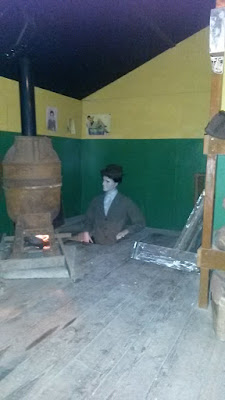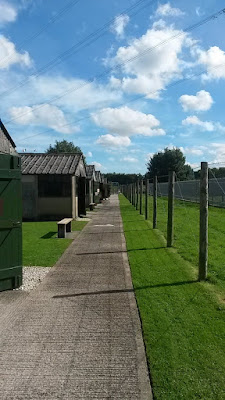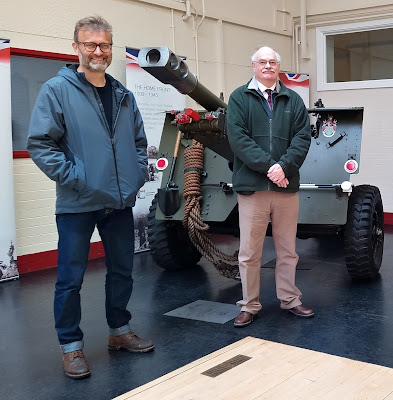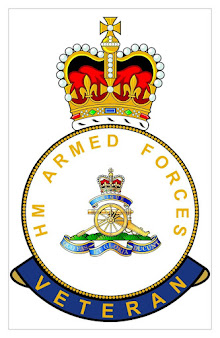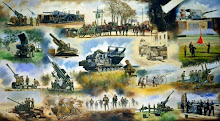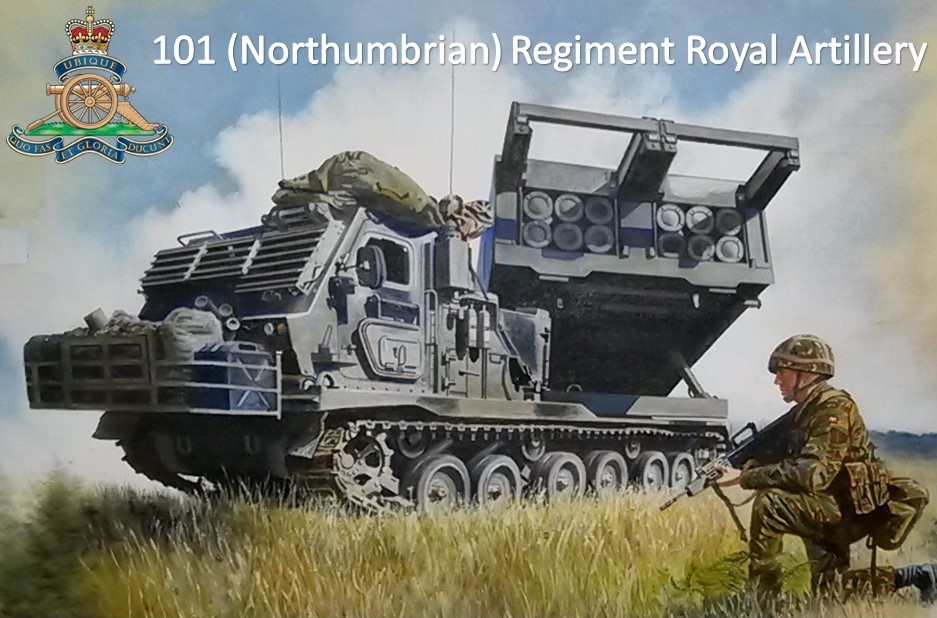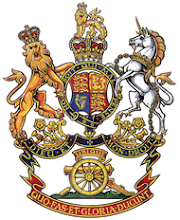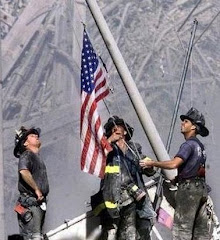The origins of the Newcastle Commercials lie in Kitchener's Call To Arms in 1914 and the formation of the Pal's Battalions. The Newcastle and Gateshead Chamber of Commerce sought to raise a Newcastle Battalion of the Northumberland Fusiliers and received War Office approval to do so 0n 8th September 1914.
Recruiting began for what would become the first Battalion to be raised in Newcastle in World War One.
The first parade of the Newcastle Commercials was held on 15th September 1914 in St Nicholas Square next the Cathedral in Newcastle.
Many of the recruits came from the commercial business in Newcastle and Gateshead. Bainbridge's store supplied 60 men, officers were drawn from the Royal Grammar School in Newcastle. Players from Newcastle United volunteered. Three would alter loose their lives on the first day of the Somme.
 |
 |
| 16th NF Rugby Team 1914 |
The Battalion came under War Office control in April 1915 and in June 1915, Battalion was assigned to the 96th Brigade of the 32nd Division.
 |
| The Growler Magazine of 16th Northumberland Fusiliers |
On the first day of the Battle of the Somme the 32nd Division. part of X Corps was tasked with assaulting the fortified village of Thiepval. The 16th were located in the area of the village of Authuille.
 |
| X Corps Attack 1st July 1916 |
 |
| 16th Battalion Northumberland Fusiliers 1st July 1916 |
 |
| Extract from letter Private Jas Harle 16 NF |
At 07:30 am on 1st July 1916 the men of the Newcastle Commercials went over the top...
| War Diary 16th Battalion Northumberland Fusiliers 1st July 1916 |
"A roll call was held to which 8 Officers and 300 OR's answered their names, which made the casualties, killed wounded+missing, 13 officers + 365 OR's"
| War Diary 16th Battalion Northumberland Fusiliers 3rd July 1916 |
| Thiepval Memorial |
Newcastle St Nicholas Cathedral
15th September 2016
Special Evensong to Commemorate the Newcastle Commercials
16th Battalion Northumberland Fusiliers
 |
| St Nicholas Cathedral Newcastle Commercial Battalion Commemoration |
 |
| Presentation of Colours Newcastle Town Moor 26th July 1920 |
 |
| VM Granddaughter of Nathaniel Caine 16th (Newcastle Commercials) Battalion Northumberland Fusiliers |
And afterwards..... an opportunity to enjoy Newcastle Commercials Brown Ale .
The evening also saw the launch of the Newcastle Heroes Project which is aimed remembering the 11 Battalions of the Northumberland Fusiliers who went over the top on the 1st July 1916. The 16th Battalion at Thiepval, and at La Boisselle, the Tyneside Irish (24th - 27th Battalions NF) and the Tyneside Scottish (20th -23rd Battalions NF).
 |
| IJ Tyneside Scottish |












